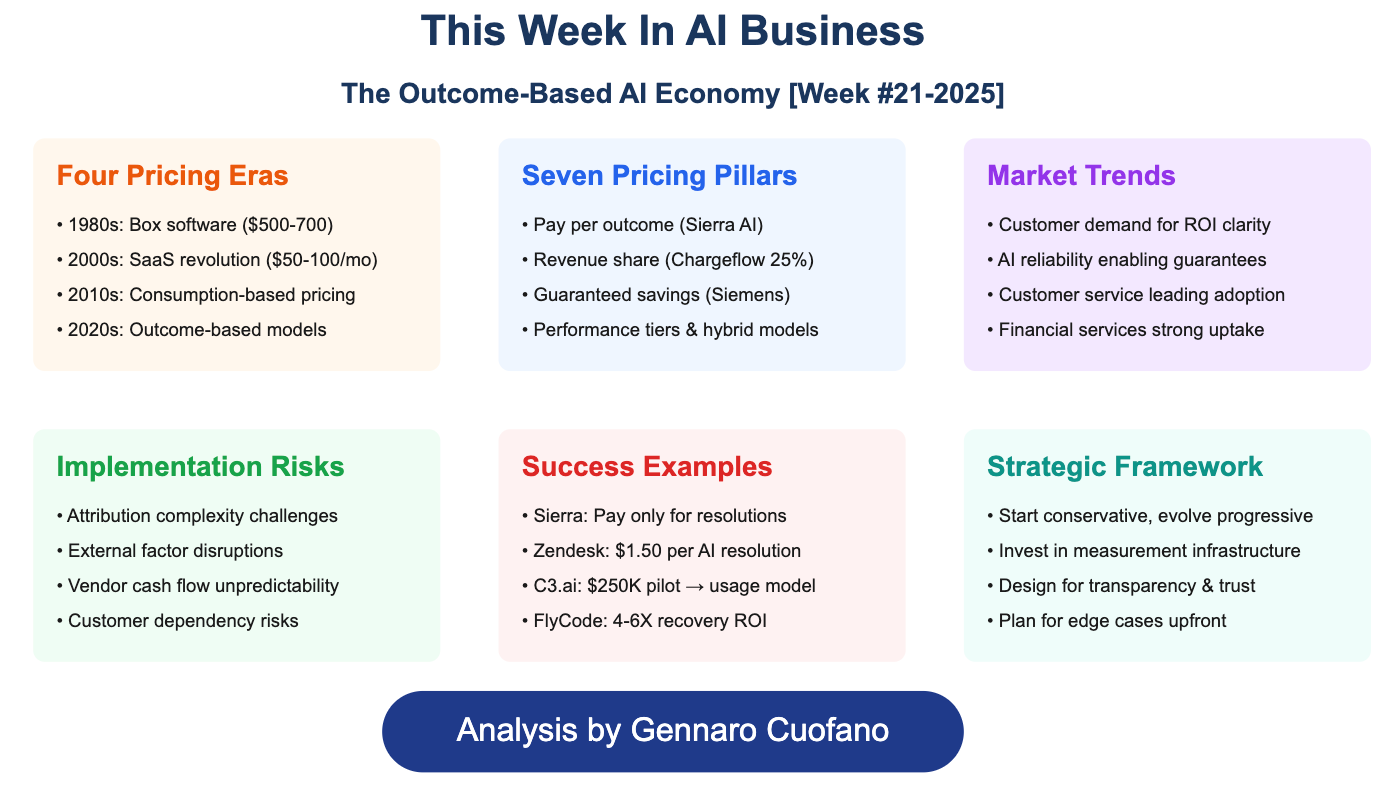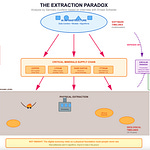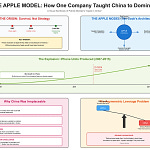If you followed last week in AI, one thing is clear: agents are getting everywhere, and every major tech player is rushing to get positioned to gain market shares in this developing market, driven by three scaling laws of AI, which are concurrently propelling the AI industry.
Just last week, from Microsoft Build to Google I/O and, finally, Antrhopic’s latest releases, they all pushed in a single direction: the augmentation of human capabilities via agentic AI.
While it’s buzzy in the short term, this trend is here to stay, whether you call it MCP, agents, or something else.
The point is we’re getting to a place where AI systems can work continuously for hours to achieve very complex outcomes.
This progress combines extended thinking, tool use, instruction following, and reward hacking.
And we’re only at the start of this consolidating trend.
How did we get here, and what’s next?
Also, this is a comprehensive navigational guide on the good and bad we can expect from outcome-based business models and how to deal with them.
Let me explain!
The weekly newsletter is in the spirit of what it means to be a Business Engineer:
We always want to ask three core questions:
What’s the shape of the underlying technology that connects the value prop to its product?
What’s the shape of the underlying business that connects the value prop to its distribution?
How does the business survive in the short term while adhering to its long-term vision through transitional business modeling and market dynamics?
These non-linear analyses aim to isolate the short-term buzz and noise, identify the signal, and ensure that the short-term and the long-term can be reconciled.

















